A delightful little courtyard can be found hidden away in the small maze of streets just to the south side of St Paul’s Cathedral.
Unlike much of the City of London in the area, this cluster of small streets were little damaged by WW2, so have managed to preserve their shambles like appearance.
And it is here that a seemingly fairly ordinary passage exists, that leads to a Dickensian delight beyond.
A small courtyard cobbled* with stone setts and a handful of trees that add a wonderful autumnal effect on the ground with their dropped leaves, all surrounded by the poshest of posh houses. They are not all houses of course, not in this part of London, as a number of the oldest houses are in fact offices. Half the buildings are however modern, dating from the turn of the century, but given a look that is sympathetic to the rest.
This whole courtyard is known as Wardrobe Place, and the origin of that name is as curious as the courtyard is delightful.
This was the site of the King’s Wardrobe, a term that while it does refer to the storage of the Monarch’s fine robes, and armaments, was also a parallel Treasury for the King, and at times rivalled the actual Treasury for power and wealth.
Originally based in the Tower of London, the Wardrobe, as a department of State was moved to this site in 1359 as it was outgrowing the space in the Tower. Here it was used as a storehouse for royal accoutrements, housing arms and clothing among other personal items of the Crown. But also, it maintained the accounts of the Royal Household, collected taxes and at times funded wars.
Following the overthrow of the Monarchy after the English Civil War, the building was used to house orphans. When the monarchy was restored, the Wardrobe reclaimed the building.
Samuel Pepys records that a party of children sang to the 1st Earl of Sandwich when he was appointed as Master of the Royal Wardrobe during the Restoration but he was unmoved, the orphans were evicted, and the Wardrobe resumed its usual function.
God was evidently displeased with this uncharitable act, as the building was burned down just a few years later in the Great Fire of London.
The Wardrobe was itself abolished in 1782, when its powers were subsumed into the Treasury.
The buildings which exist today, on the western side date from the rebuilding of the city following the fire, so are of unusual antiquity.
Also look for the faded painted sign. ‘Snashall & Son. Printers, Stationers and Account Book Manufacturers’, indicating the former use of the building.
Most of the properties in the newer block are a series of managed apartments, and a studio flat will set you back a princely sum of £4,300 per month. Although, as studio flats go, it’s larger than many 2-bed apartments, so you’d hardly be slumming it.

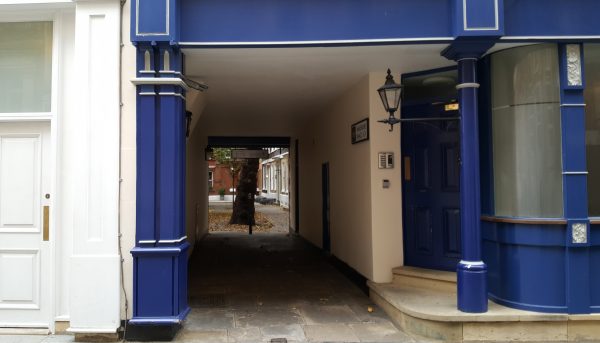
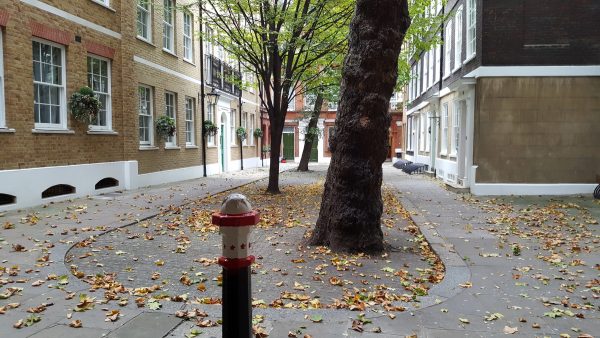
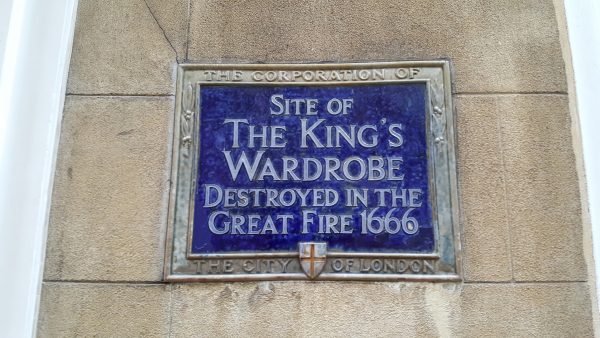
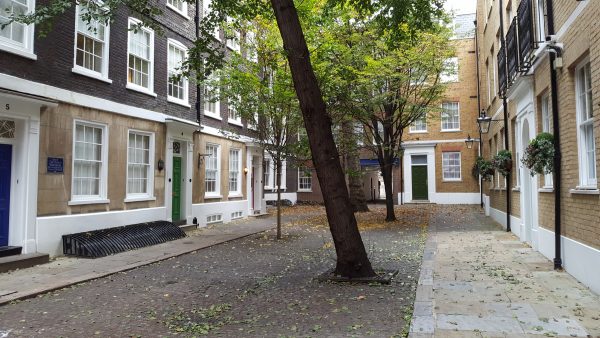
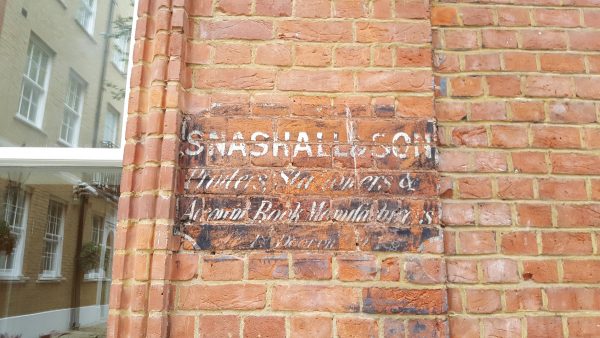






The whole area was due to be radically changes with ‘widening’ of Carter Lane – to 4 lanes – in about 1970. That was presumably intended to free up Ludgate Hill.
Fantastic read, and I have to say I love these little treasures, scattered throughout the city!
I actually based my property purchase on these, trying to find a cute little area that I would be happy to commute through every day for work.
I enlisted the help of a company called Fresson & Tee, who were incredible and found me the perfect location! However a blog like this would have also been a great help!